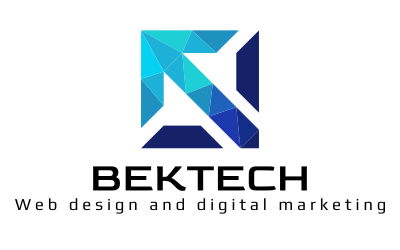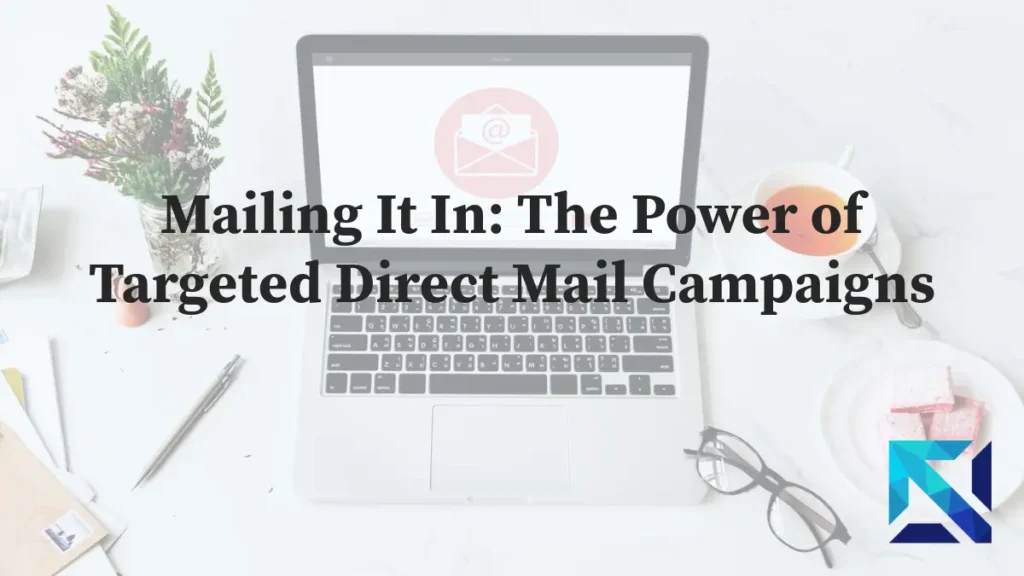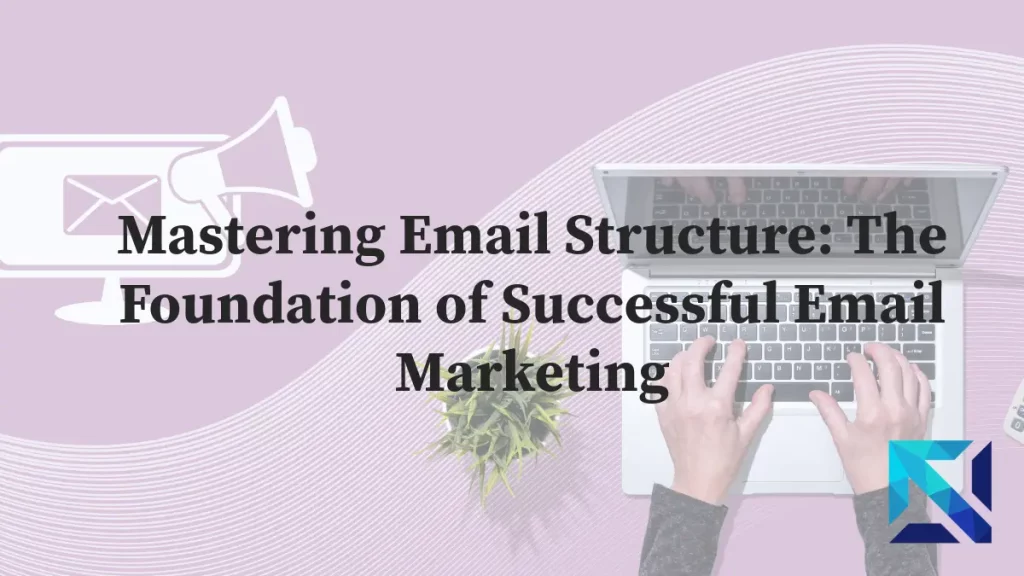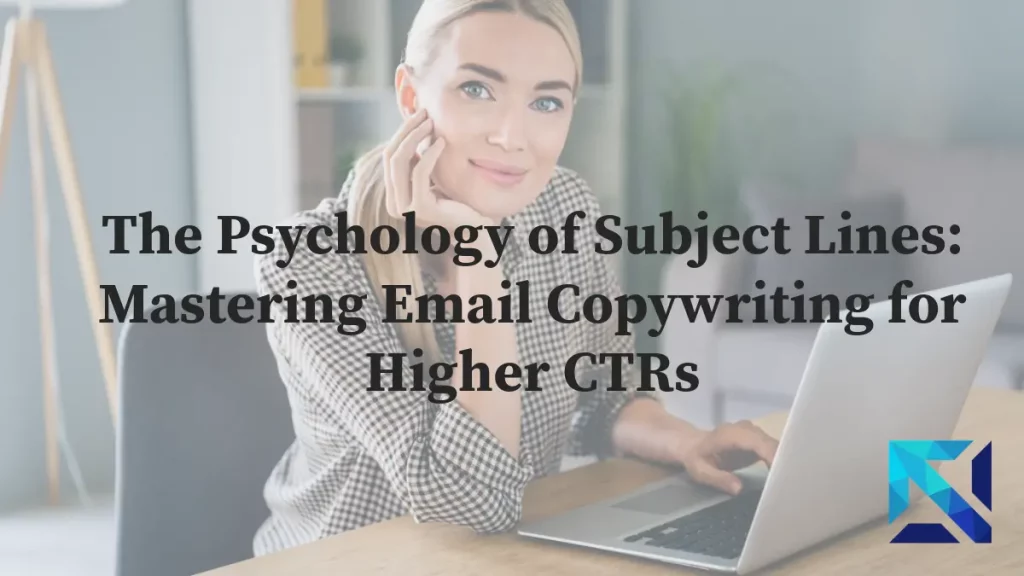In the ever-evolving world of digital marketing, email campaigns remain a cornerstone of customer engagement and conversion. As inboxes become increasingly crowded, marketers must push the boundaries of creativity to stand out. In this article, we’ll explore 10 innovative email campaign examples that not only caught subscribers’ attention but also significantly boosted conversions. These email campaign ideas will inspire you to elevate your email marketing strategy and achieve impressive results.
1. Airbnb’s Personalized Travel Stories

Airbnb’s email campaign examples are a masterclass in personalization and storytelling. One standout campaign featured personalized travel stories based on user’s browsing history and past bookings.
Why it worked: By showcasing destinations and experiences tailored to each recipient’s interests, Airbnb created a sense of wanderlust and FOMO (fear of missing out). The emails included high-quality images, user-generated content, and subtle CTAs that encouraged recipients to “Explore More” or “Book Now.”
Results: This campaign saw a 32% increase in click-through rates and a 17% boost in bookings compared to their standard promotional emails.
Key Takeaway: Leverage user data to create hyper-personalized content that resonates with your audience’s desires and aspirations.
2. Spotify’s Year in Review
Spotify’s annual “Wrapped” campaign is one of the most anticipated email campaign examples in the music industry. This campaign provides users with a personalized summary of their listening habits throughout the year.
Why it worked: The campaign taps into people’s love for nostalgia and self-reflection. By presenting data in a visually appealing and shareable format, Spotify encourages users to engage with the content and share it on social media.
Results: The 2020 Wrapped campaign led to a 21% increase in app downloads and a 76% surge in social media mentions compared to the previous year.
Key Takeaway: Use data visualization and interactivity to create engaging, shareable content that reinforces your brand’s value proposition.
3. Grammarly’s Weekly Writing Updates
Grammarly’s weekly email updates are excellent email campaign examples of how to keep users engaged with a product. These emails provide users with statistics on their writing performance, including vocabulary usage, accuracy, and productivity.
Why it worked: By gamifying the writing process and providing actionable insights, Grammarly motivates users to improve their skills and continue using the service. The emails also include tips and suggestions for premium features, subtly encouraging upgrades.
Results: These weekly emails contributed to a 50% increase in user engagement with the Grammarly editor and a 14% uplift in premium subscription conversions.
Key Takeaway: Regular, value-added communications can significantly boost user engagement and create opportunities for upselling.
4. Headspace’s Mindfulness Reminders
Headspace, the meditation app, uses email campaigns to encourage users to maintain their mindfulness practice. Their “Mindful Moments” campaign sends short, daily emails with quick meditation exercises or inspirational quotes.
Why it worked: The campaign aligns perfectly with Headspace’s mission and provides immediate value to subscribers. By keeping emails short and actionable, Headspace makes it easy for users to engage with the content, even during busy days.
Results: The “Mindful Moments” campaign led to a 60% increase in daily active users and a 25% boost in subscription renewals.
Key Takeaway: Align your email campaign ideas with your brand’s core values and make it easy for subscribers to take action.
5. Dollar Shave Club’s Cheeky Retention Emails
Dollar Shave Club is known for its irreverent humor, and their retention email campaign examples are no exception. When users cancel their subscriptions, they receive a series of witty emails aimed at winning them back.
Why it worked: The campaign’s humor aligns perfectly with the brand’s voice, making the emails feel more like entertainment than marketing. By addressing common reasons for cancellation with a light-hearted tone, Dollar Shave Club disarms potential objections and reengages customers.
Results: This retention campaign reduced churn by 12% and resulted in a 25% reactivation rate for cancelled subscriptions.
Key Takeaway: Don’t be afraid to inject personality into your emails, especially when addressing sensitive topics like customer churn.
6. Duolingo’s Streak Saver Emails
Language learning app Duolingo uses email campaigns to keep users motivated and maintain their learning streaks. When a user is about to break their streak, they receive a playful email from the Duolingo owl mascot, encouraging them to complete a quick lesson.
Why it worked: The campaign leverages the psychological principle of loss aversion. Users don’t want to break their streak, and the timely reminder email gives them a chance to maintain it. The use of the owl mascot adds a fun, branded element to the emails.
Results: These streak saver emails increased user retention by 23% and led to a 17% boost in daily active users.
Key Takeaway: Use timely, triggered emails to re-engage users at critical moments in their customer journey.
7. Warby Parker’s Virtual Try-On Campaign
When the COVID-19 pandemic hit, eyewear retailer Warby Parker quickly pivoted their email campaign ideas to promote their virtual try-on feature. They sent a series of emails showcasing how customers could use their smartphone to see how different frames would look on their faces.
Why it worked: The campaign addressed a real problem (inability to try on glasses in-store) with an innovative solution. The emails included clear instructions, demo videos, and a strong call-to-action to use the feature.
Results: This email campaign led to a 32% increase in virtual try-ons and a 22% boost in online sales despite store closures.
Key Takeaway: Be agile with your email marketing strategy and quickly adapt to changing customer needs and market conditions.
8. Netflix’s Personalized Content Recommendations
Netflix’s email campaign examples are a testament to the power of data-driven personalization. Their “New on Netflix” emails feature personalized content recommendations based on each subscriber’s viewing history.
Why it worked: By curating content specifically for each user, Netflix increases the likelihood of engagement. The emails also create a sense of anticipation for new content, encouraging subscribers to return to the platform regularly.
Results: These personalized recommendation emails contributed to a 35% increase in content engagement and a 14% reduction in subscription cancellations.
Key Takeaway: Use your data to create highly targeted, personalized email campaigns that deliver real value to your subscribers.
9. Starbucks’ Gamified Reward Emails
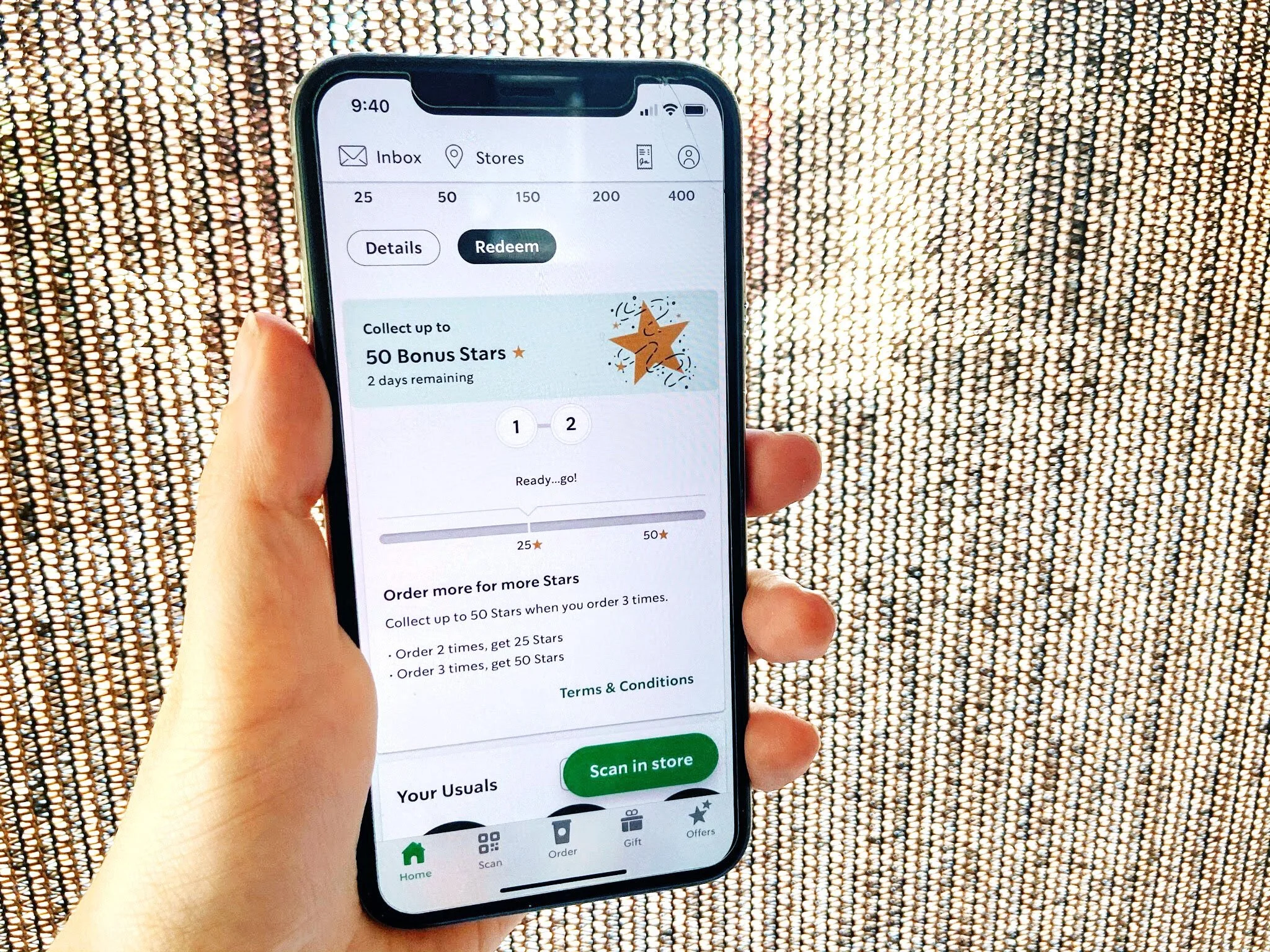
Starbucks took their rewards program to the next level with a gamified email campaign. Members received emails with interactive games or challenges, with the chance to earn extra rewards or discounts.
Why it worked: The campaign added an element of fun and interactivity to the standard rewards program emails. By offering the chance to earn additional rewards, Starbucks incentivized engagement with both the emails and the brand.
Results: The gamified email campaign saw a 54% higher open rate than standard promotional emails and led to a 27% increase in reward redemptions.
Key Takeaway: Consider adding interactive elements or gamification to your email campaigns to boost engagement and conversions.
10. Charity: Water’s Donation Impact Emails
Nonprofit organization Charity: Water uses email campaigns to show donors the direct impact of their contributions. After a project is completed, donors receive an email with photos, videos, and stories from the communities benefiting from clean water.
Why it worked: These emails provide tangible proof of the difference donors are making, creating an emotional connection and encouraging continued support. By sharing specific stories and visual evidence, Charity: Water makes the impact of donations feel real and immediate.
Results: The impact email campaign led to a 40% increase in repeat donations and a 58% boost in social media shares, expanding the organization’s reach.
Key Takeaway: Use storytelling and concrete examples to demonstrate the value you’re providing, whether it’s to customers or donors.
Beyond the Inbox: Creative Email Campaign Ideas
Email campaign ideas are the lifeblood of innovative marketing strategies, breathing fresh air into your subscribers’ inboxes and igniting engagement like never before. Think of these ideas as the secret ingredients in your digital marketing recipe, capable of transforming a bland, forgettable message into a mouth-watering feast for the eyes and mind. The best email campaign ideas don’t just communicate; they captivate, surprise, and inspire action. They’re the difference between an email that’s quickly discarded and one that’s eagerly anticipated, opened, and shared.

Let’s dive into three examples that push the boundaries of conventional email marketing:
1. “The Choose Your Own Adventure” Campaign:
Craft an interactive email series where subscribers make choices that determine the content of their next email. For instance, a travel company could start with “Mountains or Beach?” Based on the subscriber’s click, they receive a tailored sequence of emails showcasing relevant destinations, activities, and offers. This gamified approach keeps readers engaged over multiple emails and provides valuable data on preferences.
2. “The Time Capsule” Campaign:
Ask subscribers to write a message to their future selves, which your brand promises to deliver via email exactly one year later. Include prompts related to your product or service, like fitness goals for a gym or financial aspirations for a bank. When the year is up, send their original message back along with relevant content on how your brand can help them achieve those year-old dreams. This creates a powerful emotional connection and demonstrates long-term commitment to customer success.
3. “The Collaborative Story” Campaign:
Start an email with the beginning of a story related to your brand. Each week, send an update with a few new paragraphs and ask subscribers to vote on what happens next or contribute their own ideas. For example, a coffee company could craft a tale about a globe-trotting barista, with readers deciding which country she visits next or what secret ingredient she discovers. The final email reveals the completed story and ties it into a special offer or product launch. This approach fosters community engagement and keeps your brand top-of-mind for weeks.
These creative email campaign ideas demonstrate how thinking outside the inbox can lead to memorable, engaging experiences that resonate with subscribers and drive meaningful interactions with your brand.
Conclusion: Crafting Your Own Innovative Email Campaigns
These 10 email campaign examples demonstrate the power of creativity, personalization, and strategic timing in email marketing. As you develop your own email campaign ideas, consider these key lessons:
1. Personalize content based on user data and behavior
2. Use storytelling to create emotional connections
3. Leverage interactivity and gamification to boost engagement
4. Time your emails strategically to maximize impact
5. Align your campaigns with your brand voice and values
6. Demonstrate the tangible value you’re providing to subscribers
Remember, the most effective email campaigns are those that provide real value to your subscribers while advancing your business goals. By taking inspiration from these innovative examples and tailoring them to your unique audience and objectives, you can create email campaigns that not only stand out in crowded inboxes but also drive significant conversions.
Start brainstorming your next email campaign ideas today, and don’t be afraid to push the boundaries of creativity. With the right approach, your next email campaign could be the one that takes your marketing efforts to new heights of success.
What makes an email campaign innovative?
An innovative email campaign stands out by using creative strategies such as personalization, interactivity, gamification, or unique storytelling. It goes beyond traditional promotional content to provide value, engage emotions, or solve problems for the recipients. Examples include Airbnb's personalized travel stories, Spotify's Year in Review, and Duolingo's streak-saver emails.
How can personalization improve email campaign performance?
Personalization can significantly boost email campaign performance by making content more relevant and engaging to each recipient. For instance, Netflix's personalized content recommendations led to a 35% increase in content engagement and a 14% reduction in subscription cancellations. Personalization can be based on user data, behavior, preferences, or past interactions with your brand.
What are some effective ways to re-engage inactive subscribers?
To re-engage inactive subscribers, consider using humor like Dollar Shave Club's retention emails, creating a sense of urgency like Duolingo's streak saver campaign, or demonstrating value through personalized content like Spotify's Year in Review. The key is to remind subscribers of your brand's unique value proposition and give them a compelling reason to re-engage.
How can I measure the success of my email campaigns?
Success metrics for email campaigns can include open rates, click-through rates, conversion rates, and specific actions taken as a result of the email. For example, Airbnb's personalized campaign saw a 32% increase in click-through rates and a 17% boost in bookings. Starbucks' gamified reward emails had a 54% higher open rate than standard promotional emails. Choose metrics that align with your campaign goals.
How often should I send emails to my subscribers?
The ideal email frequency depends on your audience and the nature of your content. Some successful campaigns, like Headspace's daily mindfulness reminders or Grammarly's weekly writing updates, maintain regular contact. However, quality is more important than quantity. Focus on providing value with each email, and consider using behavioral triggers to time your emails for maximum relevance and impact.
